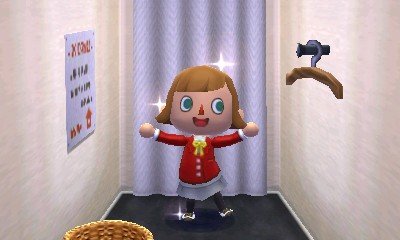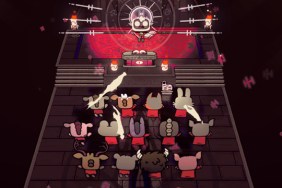Homewrecker.
On paper, Animal Crossing: Happy Home Designer turns one of the most addictive parts of the Animal Crossing formula—building a home from scratch—into an appealing offshoot. As a newly-minted employee of Nook's Homes, you must seek out adorable, anthropomorphic clients and design their dream houses by using your ever-expanding catalogue of furniture, topiary, and accents this side of Pottery Barn. As the population grows, you can further design the buildings of the central plaza to create a bustling town in your signature style. But if you don't care about designing homes or do care about having your work appraised honestly, then Happy Home Designer is a vapidly disappointing sidenote in an otherwise fantastic series.
Happy Home Designer is centered around a strict gameplay loop: choose a client waiting near Nook's Homes, pick a location in the neighborhood, design the home around the client's needs and favorite items, and repeat the process the following day. Within this limited scope, the game expands on Animal Crossing: New Leaf (which I gladly nominated for Game of the Year in 2013) with an abundance of added content and customization.
The item catalog is impressive and widens as you complete each client's request. By using Play Coins to unlock features through the in-game handibook, you can alter a home's yard, windows, overall layout, accompanying soundscape, and much more. The new stylus-friendly control scheme is a vast improvement, allowing you to select, place, and rotate objects with much improved ease.
If you have access to a NFC reader for your 3DS, you can swipe an amiibo character card (one comes with the game) to invite that character to the town or a particular household. These amiibo cards, which come in packs of six for around $5.99 a pop, are rather pricey at the moment, but Happy Home Designer gladly doesn't require these cards at all. You will likely be just as satisfied by choosing to design the home of one of the three or four random characters who appear each in-game day.
Unfortunately, there's not much in Happy Home Designer apart from, well, designing homes. The Animal Crossing series has always been about the freedom to do whatever you want, when you want, how you want. Sometimes it's collecting fossils, or planting flowers, or catching bugs, or heading to the island, or Streetpassing with friends, or filling the museum. None of that is available here. Since your character oddly isn't an actual citizen of the town, you don't have a home of your own you can build, you don't have a bank account, and you can't purchase items from stores. You can't even change your character's top because you're wearing Nook's red uniform. You're an employee, and that's it.
This doesn't necessarily mean that Happy Home Designer should be about anything else, since its title is quite up front on what it's about. As a result, though, the game becomes repetitive very quickly and designing homes alone isn't fulfilling enough to sustain itself over the course of continuous play. For an Animal Crossing game at the same price point as New Leaf, you would expect Happy Home Designer to have far more breadth. Simplifying the Animal Crossing idea to a single concept is fine, but that concept better be done extremely well or it will become overly rigid, which unfortunately is what happens here.
The main downfall of Happy Home Designer is that, outside of your own satisfaction for what you've built, it doesn't reward your creativity. You can perform the absolute bare minimum, which amounts to opening the boxes the client provides and immediately saying you're finished without doing anything else, and the client will do a little dance and praise you for your creative genius. It's the equivalent of receiving top marks in school for sleeping in class. You can spend an hour decorating a house with fancy wallpaper, matching furniture, a soothing soundscape, and meticulous thematic cohesiveness… or you can spend three seconds pressing the 'A' button next to three cardboard boxes—as far as the game is concerned, both efforts are worth exactly the same. In fact, if you do the bare minimum for every design, you can watch the credits roll in about four, maybe three, hours.
While the point behind Animal Crossing isn't really about aggressively competing with anyone, apart from yourself in achieving your own goals, the incentive to create a noteworthy design here is effectively neutered. I eagerly spent weeks—okay, months—in New Leaf collecting all the items I needed to raise my house's style points to satisfy Lyle in the Happy Home Academy. That meant StreetPassing with as many people as I could and checking the store on a daily basis just to get an entire furniture set (and all of the number lamps). In Happy Home Designer, there is no similar goal to achieve, no scoring of any kind, so it falls on you to care about your designs because the game couldn't care less.
Happy Home Designer doesn't need to copy New Leaf's system exactly—admittedly, the style points system is rather arbitrary and leads to a lot of unnecessary clutter—but there should be some level of honesty in the evaluation of a design. I understand the idea that all art is subjective, and games like Mario Paint and Super Mario Maker are about creativity for its own pleasure. But the point of design, as the word “designer” is in the game's title, is creating art with specific goals in mind and, more to the point, the specific goals which the clients come with in the game. If the client wants a house full of "animal prints," and I present a house with plain white everything or nothing but the items the client came with in the first place, having the client exclaim that my design is spectacular is mollycoddling at best and disingenuous at worst.
Clients should shrug their shoulders or at least react dispassionately toward designs that barely pass their requirements, and players should feel rewarded for creating rooms that generally fit the client's desires and pair nicely with their base items. In fact, clients react to many objects they like with floating heart bubbles anyway, so why not have a grading system crafted around their overall satisfaction? Perhaps a scale that goes from okay to satisfied to very satisfied, as shown by their reaction and dialogue. That would strike a healthier balance by both providing parameters for success while giving the player plenty of room for improvisation. Either that or have Lyle come and slap the player if the design is an utter disaster.
Worse of all, the entire open field is absent—all you can do is explore the plaza—so the idea that you're creating a full town is an illusion that's easily broken. Whenever you choose a location to build a client's home, you pick one of the many rectangles in a grid-like map of the supposed neighborhood, but since there's no open field, the houses you create might as well be separated by entire galaxies. It's the same complaint with The Sims 4 being separated into lots instead of being tied together in a connected world. And even though the game says to pick a location that suits the client's needs, the client will always be pleased with your choice. Again, more mollycoddling.
The happiness of Happy Home Designer is a sheen. Poke at the surface and the clients are all too delighted about whatever you design, wherever it's located, however you fill it, and no matter the effort you put into it. If you're content with looking at the game as a tool purely for self-expression or as way to reunite with Animal Crossing friends both new and old, then Happy Home Designer passes adequately. But if you're looking for any kind of challenge or doing anything other than designing spaces for everyone but yourself, you're better off popping in New Leaf instead, especially since both titles have the same asking price of $39.99. Ultimately, what's exciting about Happy Home Designer is waiting for the enhanced touch controls, yard building, and item catalog to be included in the next main entry of Animal Crossing. Otherwise, Happy Home Designer feels like a standalone expansion that's inexplicably missing the solid foundation that New Leaf should have provided.
-
Expanded item catalog
-
New touchscreen controls
-
Can design yards
-
Expensive but plenty of amiibo Animal Crossing cards for sale
-
Doesn't reward effort in designs
-
Doing the bare minimum receives top marks
-
Extremely limited in breadth
-
No open field, only a central hub
-
New Leaf is better at the same price
-
No StreetPass functionality
animal-crossing-happy-home-designer
-
animal-crossing-happy-home-designer #1
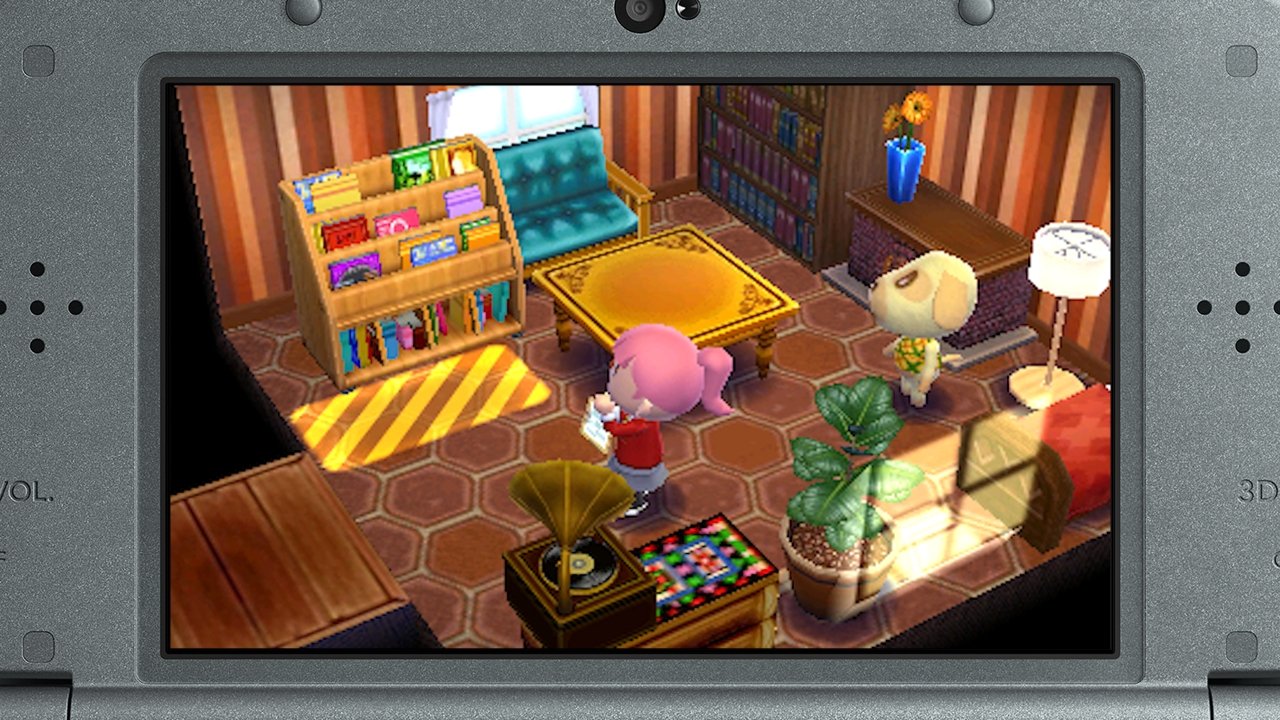
-
animal-crossing-happy-home-designer #2
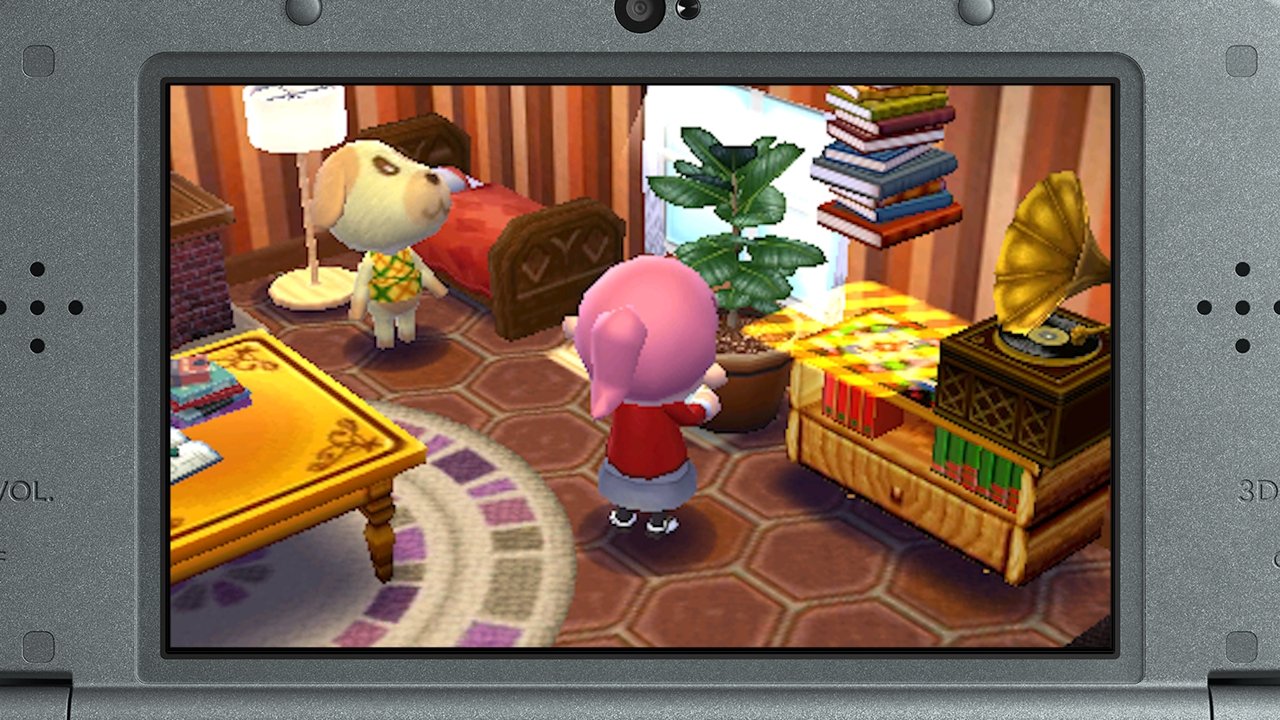
-
animal-crossing-happy-home-designer #3
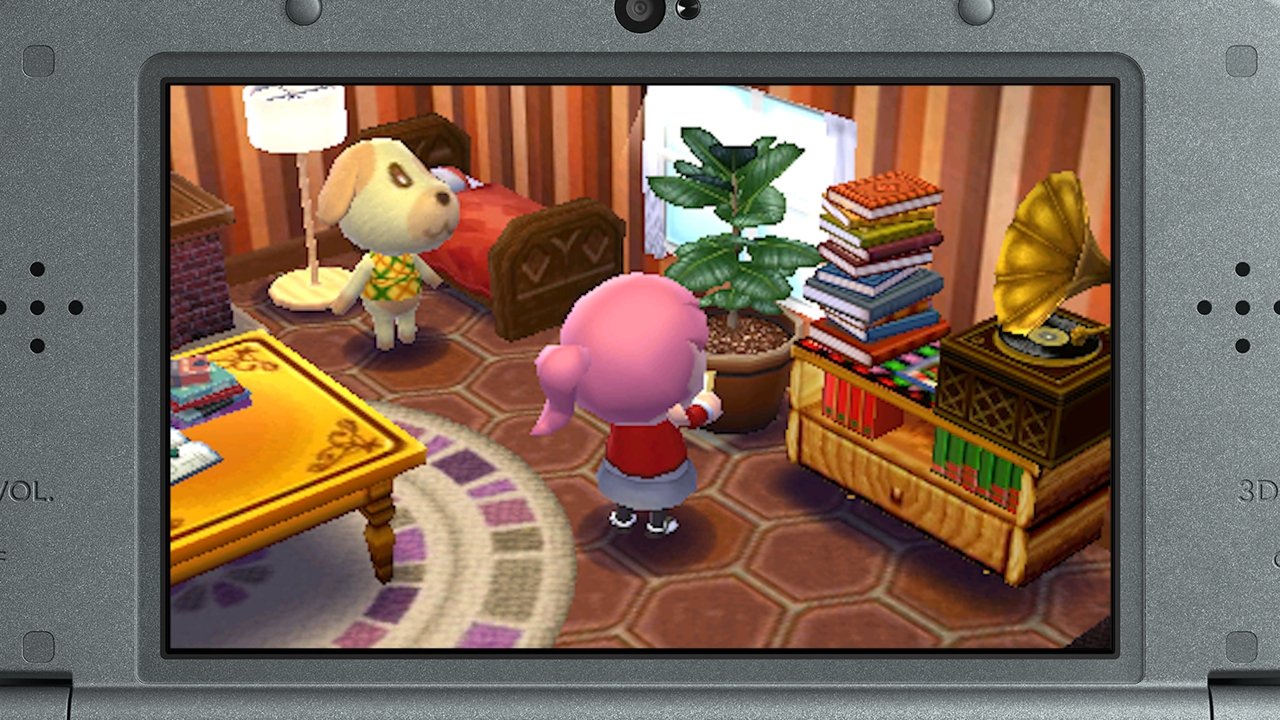
-
animal-crossing-happy-home-designer #4
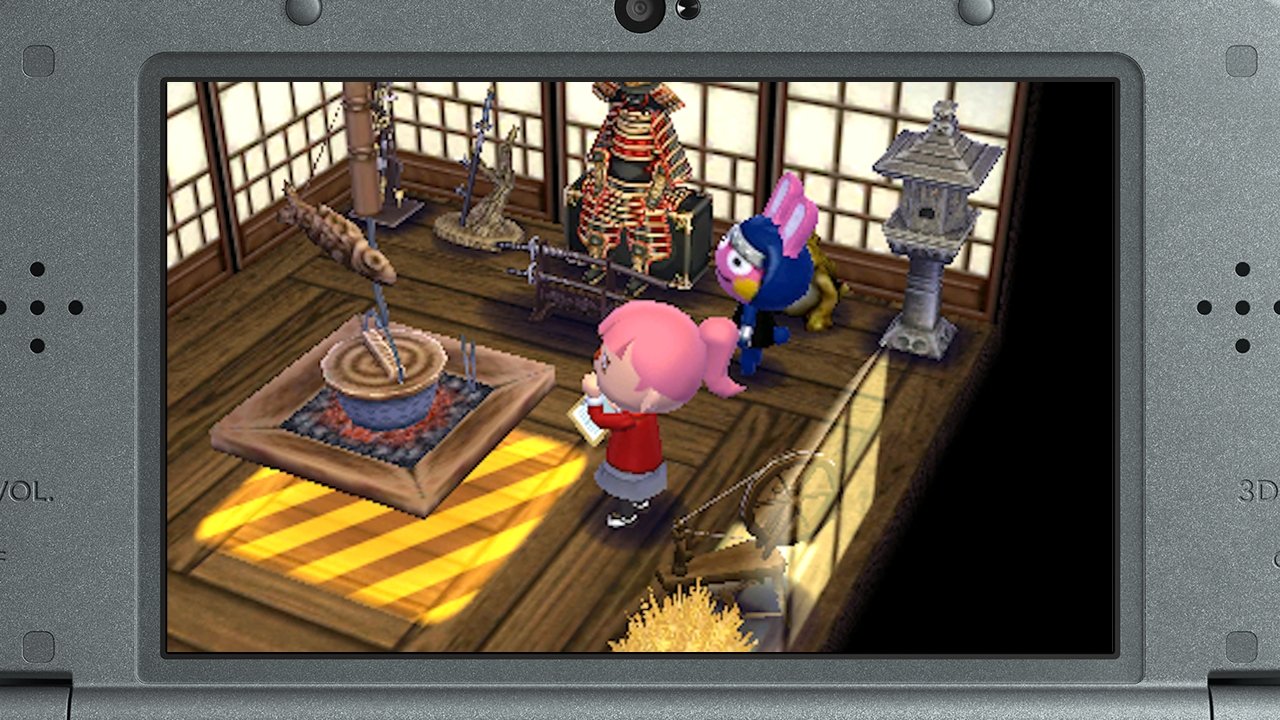
-
animal-crossing-happy-home-designer #5

-
animal-crossing-happy-home-designer #6
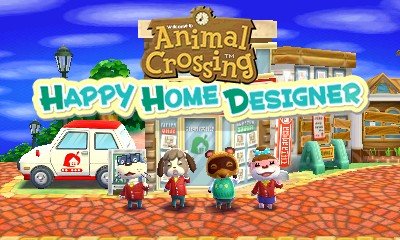
-
animal-crossing-happy-home-designer #7
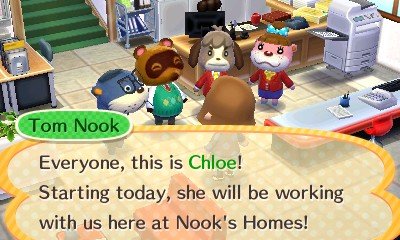
-
animal-crossing-happy-home-designer #8
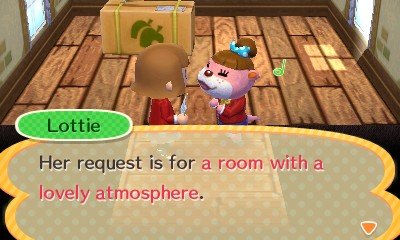
-
animal-crossing-happy-home-designer #9

-
animal-crossing-happy-home-designer #10
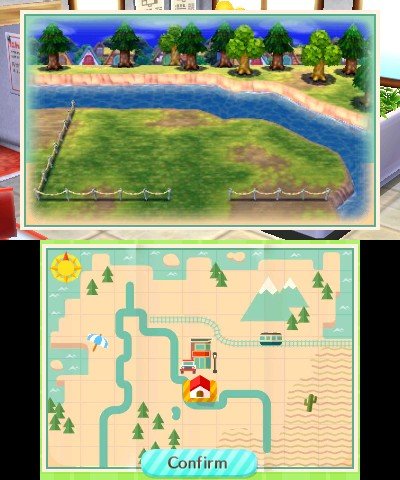
-
animal-crossing-happy-home-designer #11
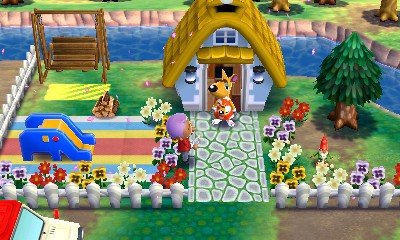
-
animal-crossing-happy-home-designer #12
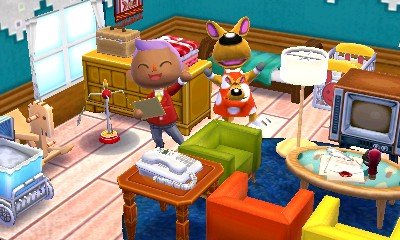
-
animal-crossing-happy-home-designer #13
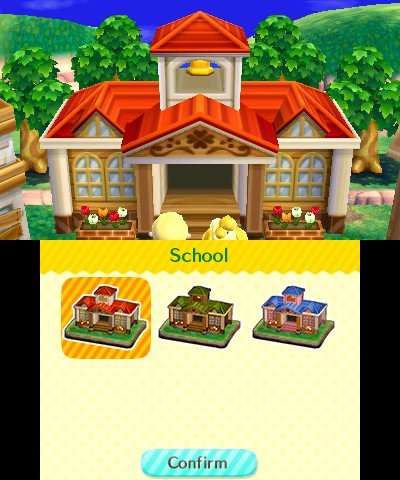
-
animal-crossing-happy-home-designer #14
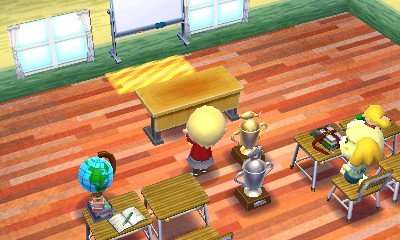
-
animal-crossing-happy-home-designer #15
